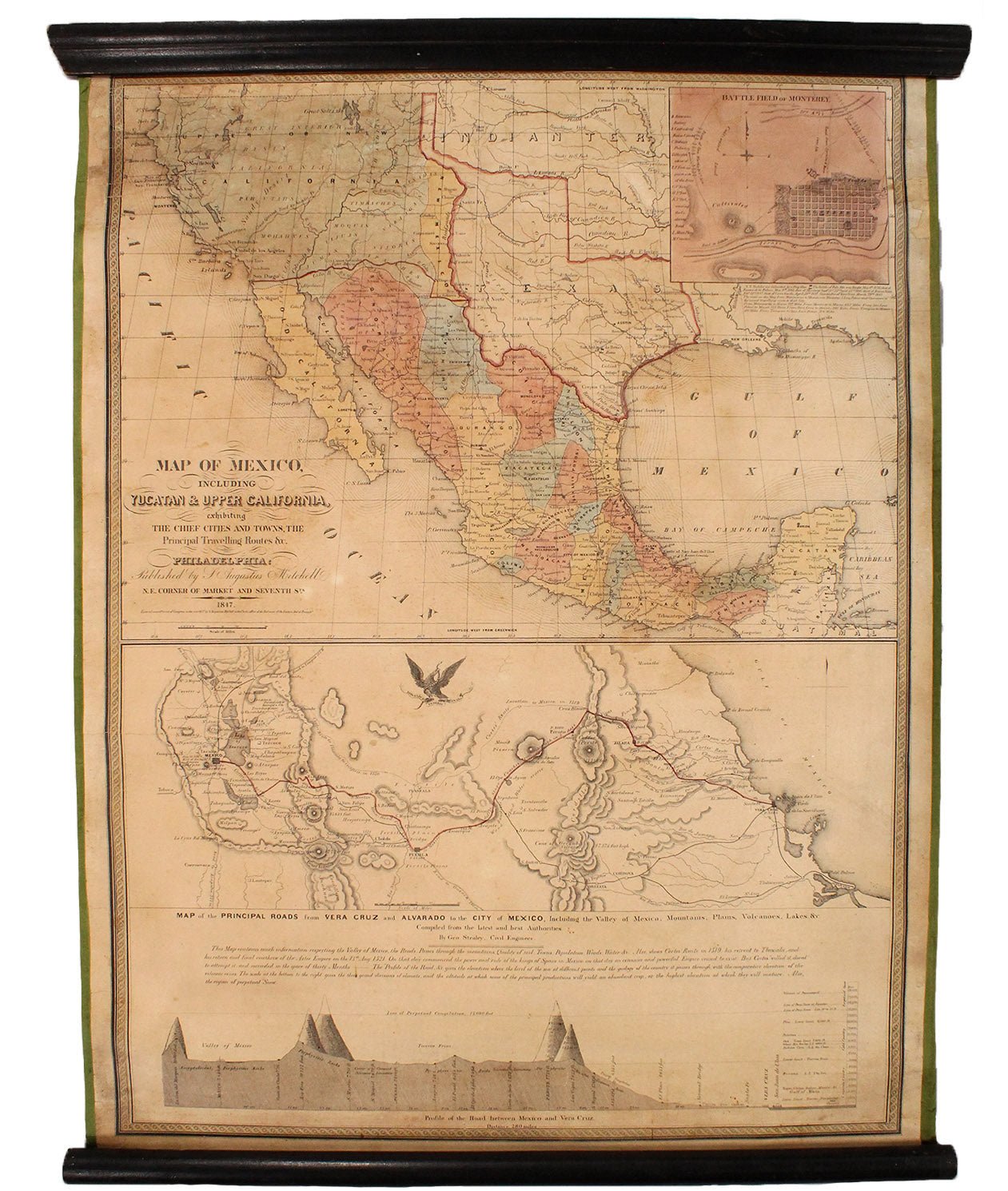Documenting the Life of George Washington
One of the most prominent accounts of George Washington’s life came from John Marshall, the fourth Chief Justice of the United States and a contemporary of Washington. Shortly after Marshall was appointed to the Supreme Court, he was approached by Washington’s nephew Bushrod to write the first president’s official biography. Bushrod had been entrusted with Washington's civil, military, and personal writings as part of his will. He gave many to Marshall to bring down with him to Richmond to form the biography.
Marshall took many of Washington’s papers with him to help form the five volume biography, save a few personal correspondences. A few months after Washington’s death, Martha Washington took her letters with the first president and burned them. According to the National Library for the Study of George Washington at Mount Vernon, “When Marshall was at home he took good care of Washington's papers, but when he was out riding circuit court the materials were moved to his attic where some of them were ‘mutilated by rats and otherwise injured by damp.’”
As a personal friend to Washington, Marshall had been the one to announce the President’s death in 1799, offered the eulogy, chaired the committee that arranged the funeral rites, and led the commission to plan a monument in the capital city. He also served with him in the Continental Army. His close friendship with Washington ensured that the biography would be detailed and respectful of all that the first president had accomplished. We offer the first edition of this monumental piece of writing, which was published in Philadelphia by C. Wayne from 1804 to 1807 and produced in five volumes.

Later, in the early 1820s, Jared Sparks was asked by a publisher to recommend an individual to edit and publish the writings and papers of George Washington. Sparks, who had visited Mount Vernon in 1815 after his graduation from Harvard, had an interest in and affection for Washington. In 1827, Bushrod Washington gave Jared Sparks permission to use the papers as he worked on his documentary edition of Washington's writings. He took many of the papers with him home to Boston and traveled to Europe to search for documents not represented in Washington's papers. Sparks finished his first publication on Washington, The Writings of George Washington, which was published in 12 volumes. After the book's success, Sparks started working on a more concise biography, and in 1839, published his first edition of The Life of George Washington. The work covers Washington's early life, education, ascension into American politics, farming and horticulture, his marriage, and his role in military and frontier engagements.
Many of the papers used by these biographers were sold by a relative of Washington to the State Department, and in 1904, they were turned over to the Library of Congress. Though these prominent biographers wrote about the same topic, each work gives unique insight into the life and accomplishments of George Washington. The texts bring to life the character and experiences of Washington himself.





